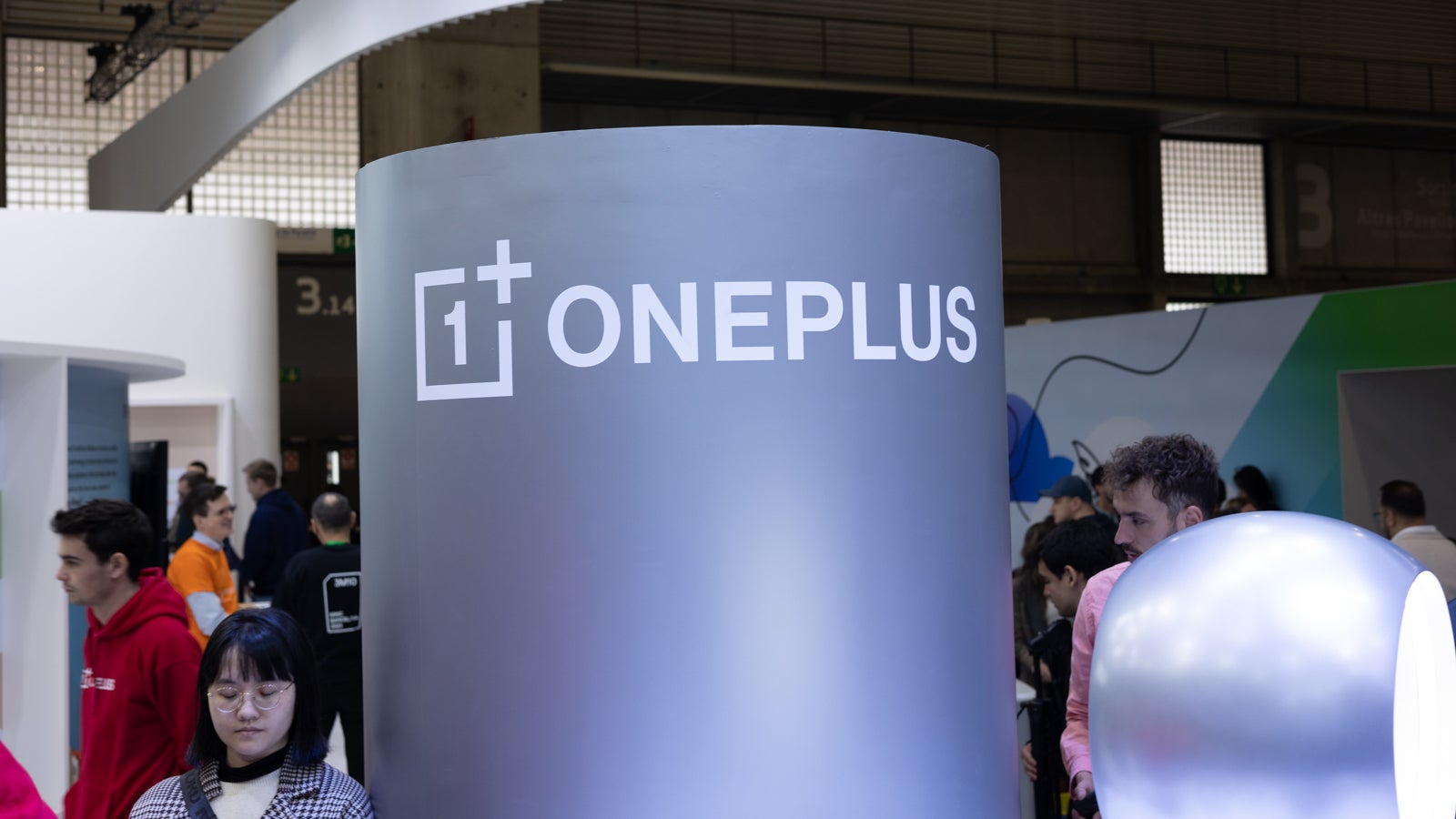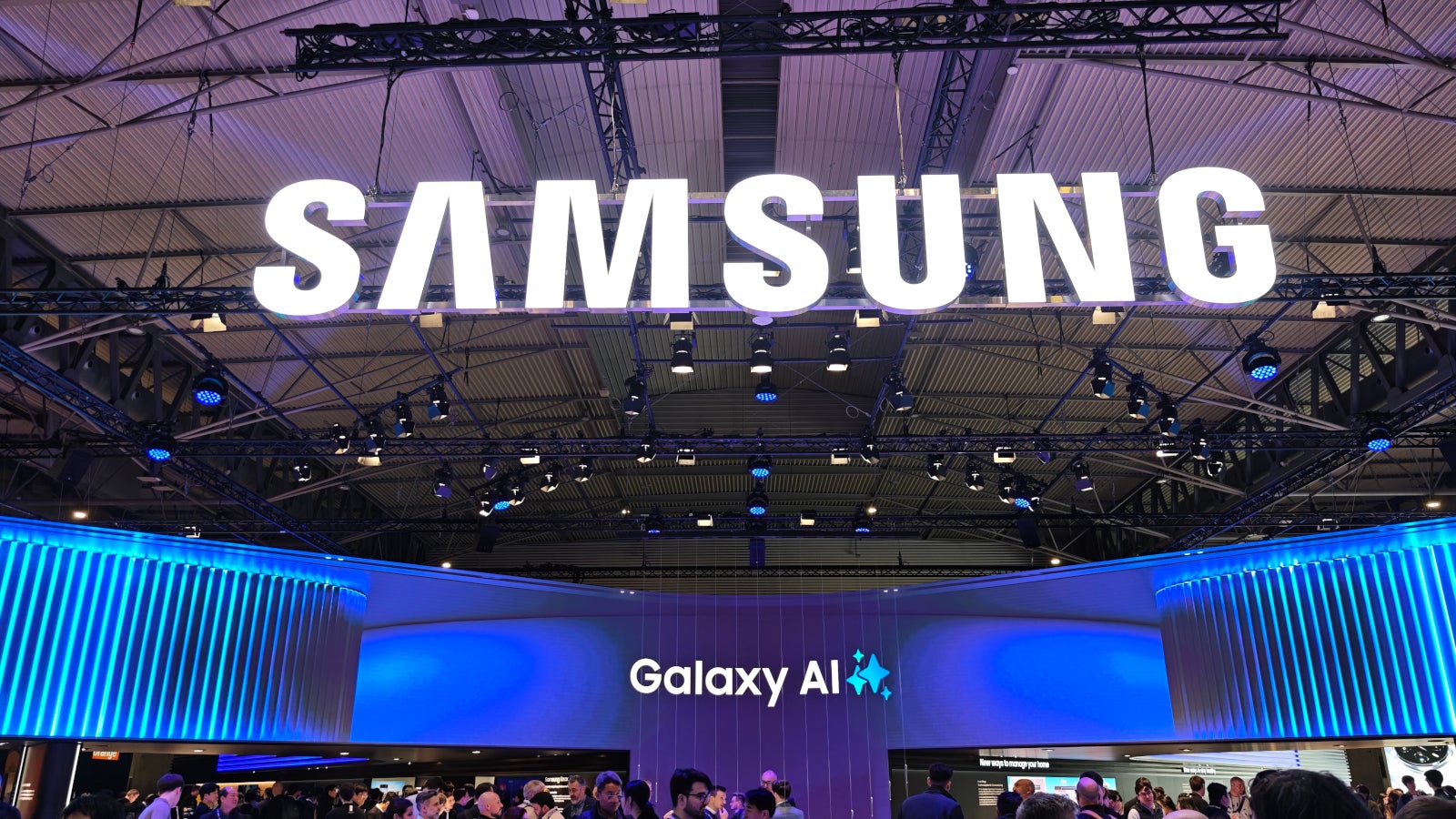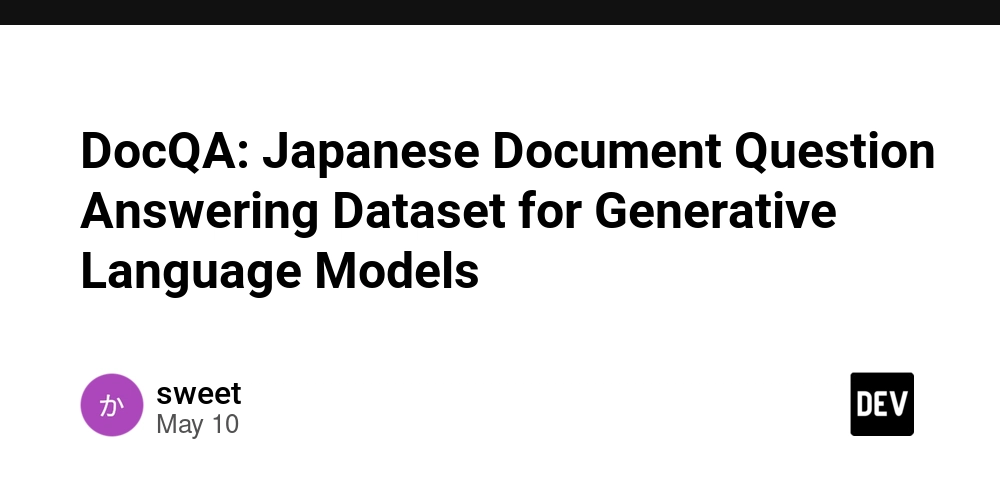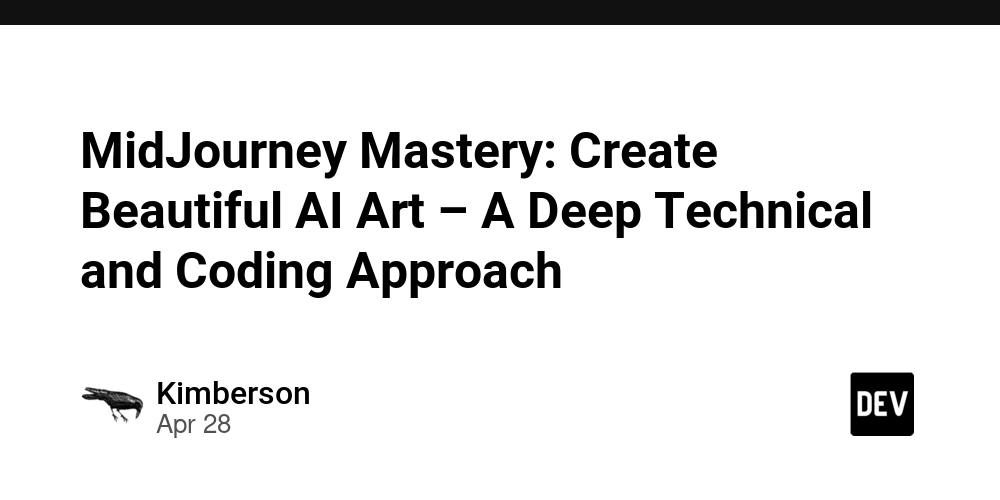Gitcoin: Bridging Open Source, Blockchain, and Sustainable Funding
Abstract Gitcoin is transforming the landscape of open source funding by merging blockchain technology with innovative financial models like quadratic funding. This blog post explores Gitcoin’s development, its core components such as Bounties, Grants, Hackathons, Quests, and Kernel, and reviews practical use cases, challenges, and future trends in the open source funding ecosystem. With insights drawn from technical as well as community perspectives, we discuss how Gitcoin and similar platforms empower developers worldwide while ensuring transparency, security, and sustainability in digital innovation. Introduction The evolution of open source software has always relied on community contributions. However, funding these initiatives has remained a challenge for many years. Enter Gitcoin—a platform that integrates blockchain technology and decentralized financial models to provide sustainable funding solutions for open source projects. Combining cryptocurrency rewards with community-driven decision-making through quadratic funding, Gitcoin is a game changer that is helping developers and funders collaborate on a global scale. In this post, we dive into Gitcoin's core concepts, its strategic importance in the open source ecosystem, and how it bridges technology, finance, and community governance. We also include a detailed analysis of Gitcoin’s history, features, real-world applications, challenges, and future trends, making our discussion relevant for tech enthusiasts, developers, and open source advocates alike. Background and Context History and Evolution Open source projects have long driven innovation by promoting transparency and inclusivity. Traditionally, many developers contributed code without direct compensation. As these projects grew more complex and critical for digital infrastructure, the need for sustainable funding models became evident. Blockchain technology introduced immutable records and decentralized frameworks, aligning perfectly with open source values. Gitcoin emerged in 2017 to address these funding challenges using blockchain-based financial incentives. By incorporating quadratic funding, Gitcoin democratizes the funding process—small contributions from many individuals have a larger cumulative impact than a few large donations. This model not only supports diverse ideas but also nurtures collaboration among a global community. Ecosystem and Definitions Blockchain: A decentralized ledger technology that guarantees transparency and security. For a basic introduction, see What is Blockchain. Quadratic Funding: A funding mechanism that amplifies community contributions by weighting small donations more heavily, ensuring fairer distribution of funds. Tokenization: Representing real-world assets or project incentives as digital tokens, which is key to sustainable open source contributions. Learn more at Sustainability of Open Source Through Tokenization. Gitcoin leverages these technologies to create a transformative ecosystem for open source projects, making it possible for innovation and sustainable financing to coexist. Core Concepts and Features Gitcoin’s platform is built around several distinct yet interconnected components designed to address the challenges of funding open source projects. Gitcoin Bounties Gitcoin Bounties provides micro-rewards for completing coding tasks. These bounties offer developers direct financial incentives, rewarding them in cryptocurrency when they fix bugs or implement new features. For more information, check out Gitcoin Bounties. Gitcoin Grants The Grants system is a notable feature that uses quadratic funding to pool community contributions. This innovative model enables many small donors to powerfully influence the funding of critical projects. With a focus on community engagement, Gitcoin Grants ensures that even niche projects receive the necessary resources. Visit Gitcoin Grants for additional details. Hackathons Hackathons organized on Gitcoin bring together a diverse group of developers from across the globe. These competitions are designed to quickly solve pressing issues and foster innovation. Hackathons provide not only rewards but also the opportunity for participants to network, learn new technologies, and even gain access to incubator programs. Quests and Kudos Gitcoin Quests are gamified learning experiences that enhance blockchain literacy. Developers participate in a series of challenges—earning digital accolades (kudos) as they progress. This approach promotes continuous skill improvement and bridges the gap between education and practical application. Kernel The Kernel functions as Gitcoin’s virtual accelerator program. Serving as an incubator for promising blockchain startups, Kernel provides mentorship, strategic advice, and networking opportunities. This initiative plays a critical rol

Abstract
Gitcoin is transforming the landscape of open source funding by merging blockchain technology with innovative financial models like quadratic funding. This blog post explores Gitcoin’s development, its core components such as Bounties, Grants, Hackathons, Quests, and Kernel, and reviews practical use cases, challenges, and future trends in the open source funding ecosystem. With insights drawn from technical as well as community perspectives, we discuss how Gitcoin and similar platforms empower developers worldwide while ensuring transparency, security, and sustainability in digital innovation.
Introduction
The evolution of open source software has always relied on community contributions. However, funding these initiatives has remained a challenge for many years. Enter Gitcoin—a platform that integrates blockchain technology and decentralized financial models to provide sustainable funding solutions for open source projects. Combining cryptocurrency rewards with community-driven decision-making through quadratic funding, Gitcoin is a game changer that is helping developers and funders collaborate on a global scale.
In this post, we dive into Gitcoin's core concepts, its strategic importance in the open source ecosystem, and how it bridges technology, finance, and community governance. We also include a detailed analysis of Gitcoin’s history, features, real-world applications, challenges, and future trends, making our discussion relevant for tech enthusiasts, developers, and open source advocates alike.
Background and Context
History and Evolution
Open source projects have long driven innovation by promoting transparency and inclusivity. Traditionally, many developers contributed code without direct compensation. As these projects grew more complex and critical for digital infrastructure, the need for sustainable funding models became evident. Blockchain technology introduced immutable records and decentralized frameworks, aligning perfectly with open source values.
Gitcoin emerged in 2017 to address these funding challenges using blockchain-based financial incentives. By incorporating quadratic funding, Gitcoin democratizes the funding process—small contributions from many individuals have a larger cumulative impact than a few large donations. This model not only supports diverse ideas but also nurtures collaboration among a global community.
Ecosystem and Definitions
- Blockchain: A decentralized ledger technology that guarantees transparency and security. For a basic introduction, see What is Blockchain.
- Quadratic Funding: A funding mechanism that amplifies community contributions by weighting small donations more heavily, ensuring fairer distribution of funds.
- Tokenization: Representing real-world assets or project incentives as digital tokens, which is key to sustainable open source contributions. Learn more at Sustainability of Open Source Through Tokenization.
Gitcoin leverages these technologies to create a transformative ecosystem for open source projects, making it possible for innovation and sustainable financing to coexist.
Core Concepts and Features
Gitcoin’s platform is built around several distinct yet interconnected components designed to address the challenges of funding open source projects.
Gitcoin Bounties
Gitcoin Bounties provides micro-rewards for completing coding tasks. These bounties offer developers direct financial incentives, rewarding them in cryptocurrency when they fix bugs or implement new features. For more information, check out Gitcoin Bounties.
Gitcoin Grants
The Grants system is a notable feature that uses quadratic funding to pool community contributions. This innovative model enables many small donors to powerfully influence the funding of critical projects. With a focus on community engagement, Gitcoin Grants ensures that even niche projects receive the necessary resources. Visit Gitcoin Grants for additional details.
Hackathons
Hackathons organized on Gitcoin bring together a diverse group of developers from across the globe. These competitions are designed to quickly solve pressing issues and foster innovation. Hackathons provide not only rewards but also the opportunity for participants to network, learn new technologies, and even gain access to incubator programs.
Quests and Kudos
Gitcoin Quests are gamified learning experiences that enhance blockchain literacy. Developers participate in a series of challenges—earning digital accolades (kudos) as they progress. This approach promotes continuous skill improvement and bridges the gap between education and practical application.
Kernel
The Kernel functions as Gitcoin’s virtual accelerator program. Serving as an incubator for promising blockchain startups, Kernel provides mentorship, strategic advice, and networking opportunities. This initiative plays a critical role in supporting early-stage projects and ensuring they have a solid foundation to build on.
Integrated Ecosystem Table
Below is a summarizing table that outlines Gitcoin’s key components along with their functions and impact:
| Component | Function | Impact |
|---|---|---|
| Bounties | Marketplace for micro-tasks with cryptocurrency rewards | Accelerates development and rewards contributions directly |
| Grants | Community crowdfunding via quadratic funding | Democratizes funding and ensures sustainable open source projects |
| Hackathons | Global competitions fostering innovation | Inspires creative problem solving and dynamic networking |
| Quests | Gamified learning challenges related to blockchain and coding | Enhances developer skills and boosts digital literacy |
| Kernel | Incubator program offering mentorship and resources | Supports startup growth and long-term sustainability |
Key Benefits of Gitcoin (Bullet List)
- Transparency: All funding transactions are verifiable on the blockchain.
- Decentralized Governance: Community-curated funding decisions ensure equitable distribution.
- Incentivization: Developers earn cryptocurrency as a reward for contributions.
- Global Outreach: Connects funders and developers worldwide.
- Sustainability: The quadratic funding model boosts community impact on project financing.
Applications and Use Cases
Gitcoin’s versatile platform is used in various sectors, spanning technical innovation and community outreach. Let’s explore some practical examples.
Funding Open Source Infrastructure
In the rapidly evolving digital economy, many projects depend on open source infrastructure—ranging from decentralized applications (dApps) to blockchain protocols. With Gitcoin Grants, these projects can secure recurring funds from the community.
Example: A blockchain protocol critical for a decentralized finance (DeFi) application receives continuous funding through Gitcoin. By aggregating small contributions via quadratic funding, the project avoids reliance on a limited number of large donors and builds a stable financial ecosystem.
Accelerating Developer Education
Gitcoin Quests empower developers by providing a hands-on learning experience. These quests offer step-by-step challenges that improve coding skills and deepen understanding of blockchain technology.
Example: A new developer begins with a basic blockchain challenge and progresses through more complex tasks, eventually earning credentials and cryptocurrency rewards. This experiential model helps onboard new talent into the blockchain ecosystem.
Stimulating Community-Driven Hackathons
Hackathons on Gitcoin foster collaboration across borders. Teams formed from diverse backgrounds participate in competitions designed to address real-world challenges using decentralized technologies.
Example: A DeFi hackathon encourages teams to create innovative solutions for secure digital transactions. Winners receive not only monetary rewards but also ongoing support from initiatives like Kernel, ensuring that emerging ideas have a path to further development.
Additional Real-World Implementations
Gitcoin’s ecosystem extends into interdisciplinary projects that blend art, finance, and technology. For instance, several NFT projects and digital collectibles have leveraged Gitcoin’s framework to secure funding while ensuring that the creative vision is supported by technical innovation. This cross-pollination of ideas leads to new business models and monetization methods for open source projects.
Challenges and Limitations
Despite its transformative approach, Gitcoin faces several hurdles in technical, regulatory, and community domains.
Technical Challenges
Complexity in Blockchain Systems:
New users may struggle with managing crypto wallets, understanding smart contracts, and dealing with gas fees. These technical intricacies can create a steep learning curve.Scalability Issues:
While the quadratic funding model is promising, blockchain networks sometimes face congestion and increased fees, especially during peak usage times. Such limitations might slow the distribution of rewards.Interoperability Concerns:
Integrating Gitcoin with other blockchain platforms and traditional software systems can present compatibility issues. Resolving these gaps is essential for ensuring seamless interaction between diverse ecosystems.
Adoption and Regulatory Challenges
User Awareness and Education:
Even as Gitcoin Quests help expand blockchain literacy, broader community adoption requires ongoing educational outreach. Many potential contributors are still unaware of the benefits of decentralized funding.Regulatory Uncertainty:
The evolving legal landscape around cryptocurrencies can affect the long-term viability of funding models. Ambiguities in regulation may deter institutional backers or limit international scaling.Security Risks:
Smart contract vulnerabilities and cyber threats remain possible risks. Ongoing audits and robust security protocols are crucial to maintain trust in community-funded projects.Ecosystem Fragmentation:
The market for open source funding is crowded with various platforms and traditional funding mechanisms. Gitcoin must continually innovate and excel to stand out in this fragmented landscape.
For a broader understanding of challenges related to blockchain infrastructure, read about The Future of Open Source with Blockchain Integration.
Future Outlook and Innovations
Gitcoin’s journey is just beginning. As blockchain and open source funding models evolve, several promising trends are on the horizon.
Enhanced Scalability and Interoperability
Future solutions may include upgraded consensus mechanisms and sidechain integrations to address scalability issues. Advancements in these areas will significantly increase transaction efficiency and reduce costs.
Expansion in Educational Outreach
Strengthening platforms like Gitcoin Quests through partnerships with online learning communities will drive a new wave of technical retraining. This focus on education ensures that developers remain competent in cutting-edge blockchain tools.
Decentralized Governance and Security Improvements
Improved models of decentralized governance are expected to bring greater transparency and community trust. Additionally, innovations in smart contract auditing and cyber security will better protect users and their contributions.
Broader Use Cases and Tokenization
The range of applications for Gitcoin’s funding model is expected to widen beyond traditional open source projects. Tokenization could further empower projects, enabling micro-investments and fostering deeper community support. For additional insights, explore the evolving landscape at Gitcoin Grants.
Predictions for the Ecosystem
Integration with NFTs and Digital Art:
As digital art and collectibles grow in popularity, cross-disciplinary projects will harness Gitcoin’s funding to merge technology with creative industries.Support for Social Impact Projects:
Beyond technical innovation, Gitcoin may support projects addressing environmental, educational, and healthcare challenges, thereby extending its reach into broader societal impact.Global Institutional Adoption:
As regulatory frameworks mature, larger financial institutions and government bodies might integrate decentralized funding models into their innovation ecosystems.
Related Resources and Further Reading
To deepen your understanding of Gitcoin and related technologies, explore these authoritative sources:
- What is Blockchain
- Sustainability of Open Source Through Tokenization
- Gitcoin Bounties
- Gitcoin Grants
- The Future of Open Source with Blockchain Integration
Also, take a look at these insightful Dev.to articles:
- Gitcoin Grants: Pioneering Open Source Funding and Innovation
- Revolutionizing Software Licensing: The Shift to Decentralized Management
- Ethical Funding Methods: Navigating the Path to Responsible Financing
- Navigating Open Source Licenses for Arbitrum Projects: A Comprehensive Guide
Summary
Gitcoin stands at the crossroads of open source innovation and blockchain technology, offering a robust platform that addresses longstanding funding challenges. By integrating multiple components—Bounties, Grants, Hackathons, Quests, and Kernel—Gitcoin offers a multifaceted solution for developers and projects seeking sustainable financial backing.
Key takeaways include:
- Democratization of Funding: Through quadratic funding, Gitcoin empowers the community by aggregating numerous small donations to fuel meaningful projects.
- Enhanced Transparency and Security: The use of blockchain ensures every transaction is verifiable and secure.
- Global Community Empowerment: With its worldwide network of developers and funders, Gitcoin encourages collaboration and cross-border innovation.
- Continual Innovation: Future trends are expected to further enhance scalability, governance, and integration with emerging technologies such as NFTs and tokenization models.
Gitcoin is not just a tool—it is a movement that redefines how open source projects are developed, maintained, and funded. By embracing blockchain’s potential and harnessing the power of community, Gitcoin is paving the way for a sustainable future in digital innovation.
Whether you are a developer, funder, or simply curious about blockchain’s transformative potential, Gitcoin illustrates a forward-thinking approach to open source funding in our evolving digital era.
By understanding and embracing platforms like Gitcoin, we accelerate innovation and build a resilient, decentralized future for technology. Get involved, contribute your expertise, and join the global movement towards sustainable open source development.
Happy coding and funding!









































































![New iPad 11 (A16) On Sale for Just $277.78! [Lowest Price Ever]](https://www.iclarified.com/images/news/97273/97273/97273-640.jpg)

![Apple Foldable iPhone to Feature New Display Tech, 19% Thinner Panel [Rumor]](https://www.iclarified.com/images/news/97271/97271/97271-640.jpg)



























-xl.jpg)


















































































































































































































![[The AI Show Episode 146]: Rise of “AI-First” Companies, AI Job Disruption, GPT-4o Update Gets Rolled Back, How Big Consulting Firms Use AI, and Meta AI App](https://www.marketingaiinstitute.com/hubfs/ep%20146%20cover.png)
































































































































































![Ditching a Microsoft Job to Enter Startup Hell with Lonewolf Engineer Sam Crombie [Podcast #171]](https://cdn.hashnode.com/res/hashnode/image/upload/v1746753508177/0cd57f66-fdb0-4972-b285-1443a7db39fc.png?#)






























-Nintendo-Switch-2-Hands-On-Preview-Mario-Kart-World-Impressions-&-More!-00-10-30.png?width=1920&height=1920&fit=bounds&quality=70&format=jpg&auto=webp#)



















































.jpg?width=1920&height=1920&fit=bounds&quality=70&format=jpg&auto=webp#)














